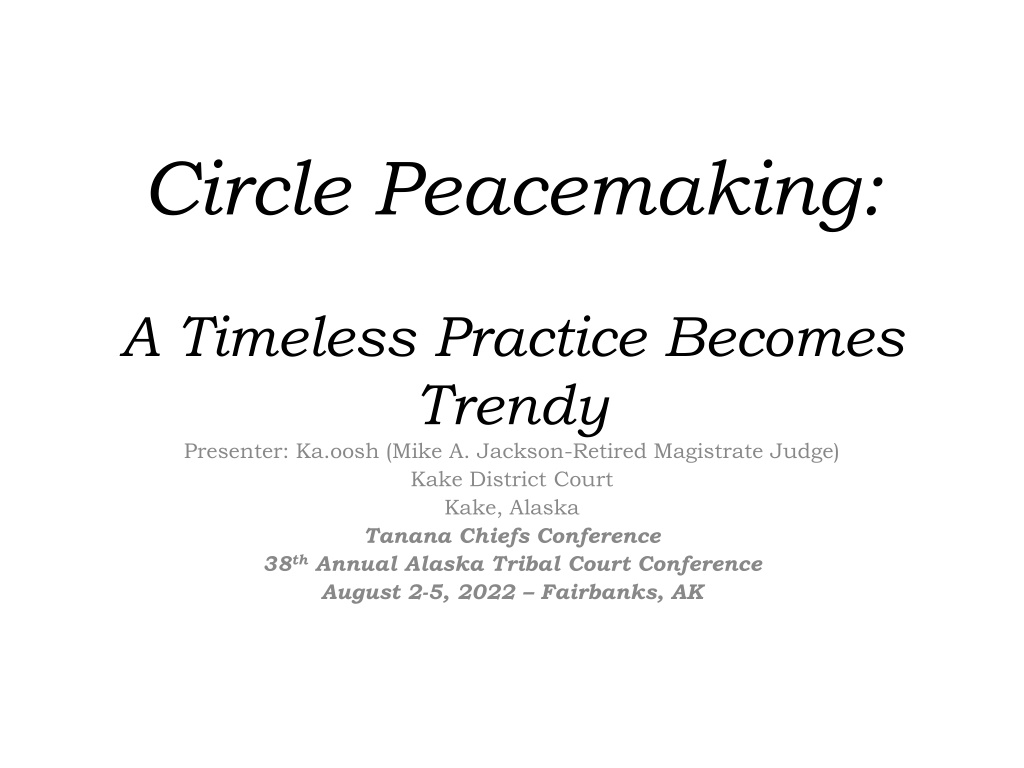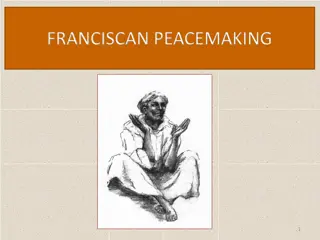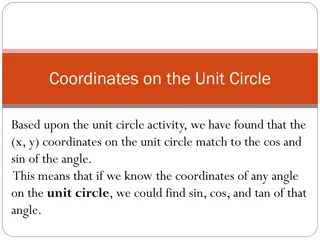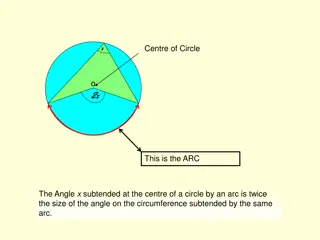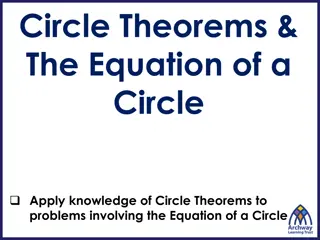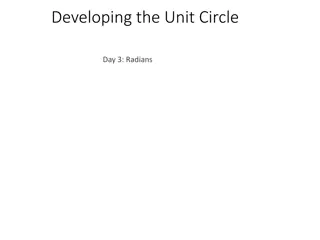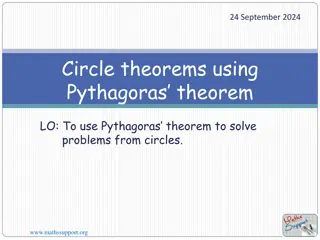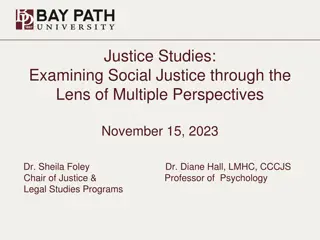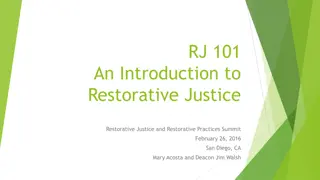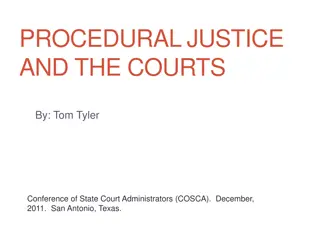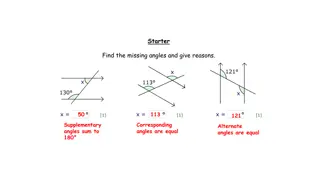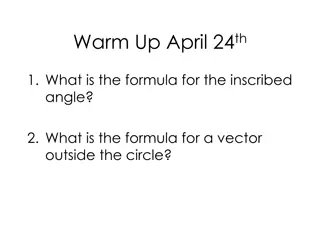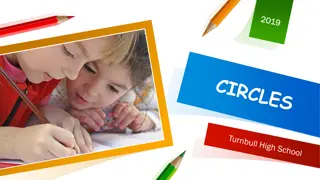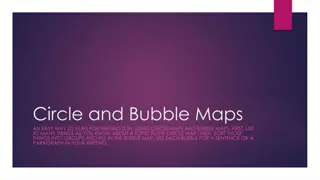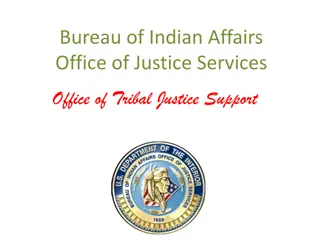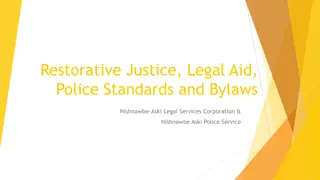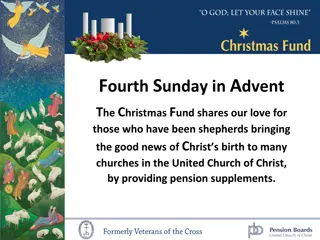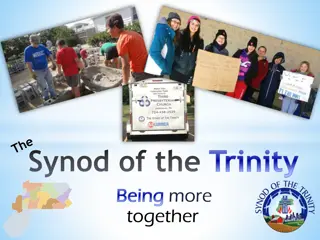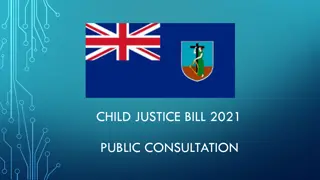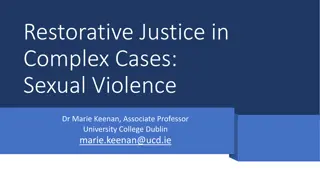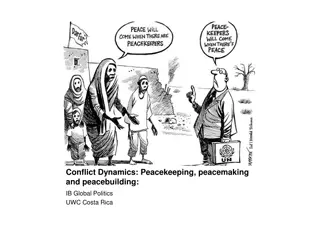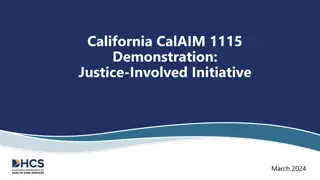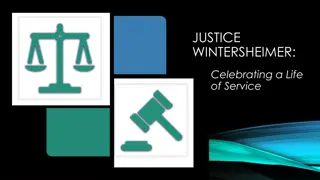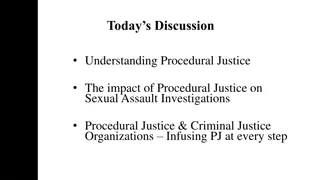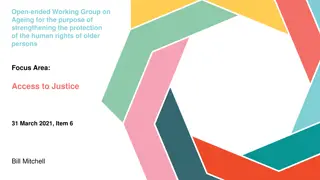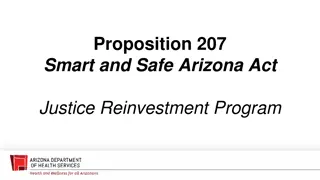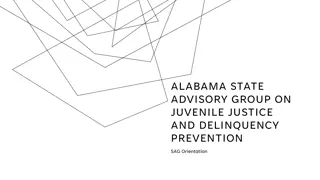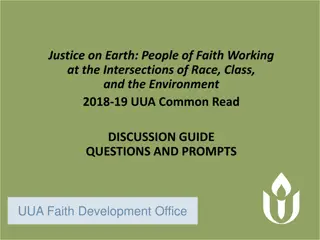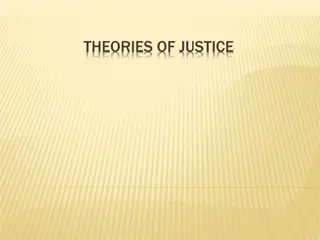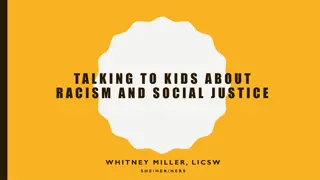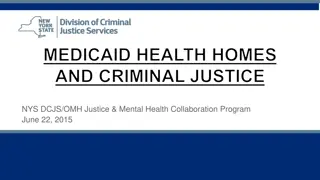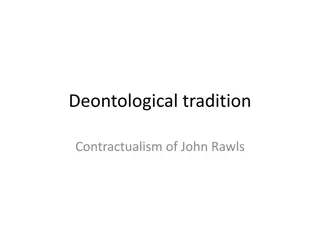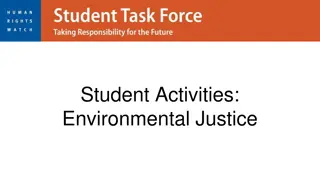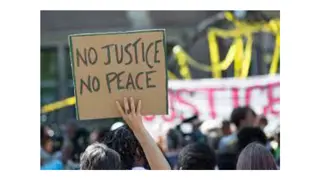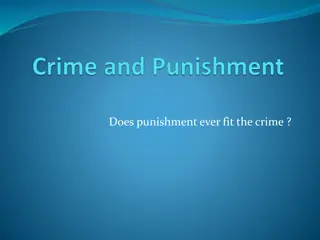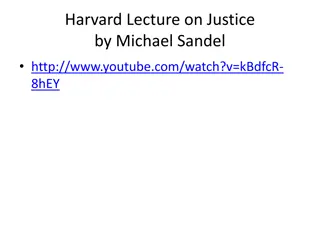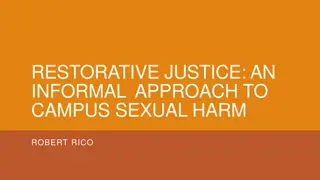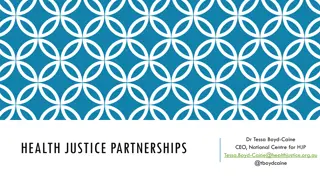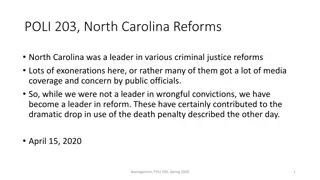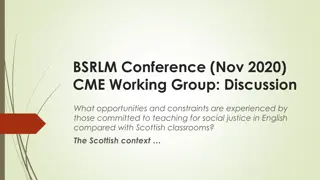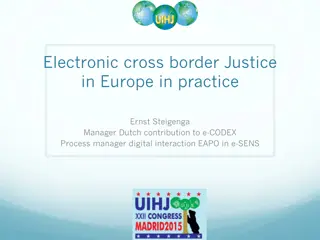Circle Peacemaking: A Timeless Practice for Community Justice
In the Circle Peacemaking approach, core community values such as respect, forgiveness, love, family, humor/health, honesty, sharing, and leadership are upheld. Guidelines for the process include confidentiality, equal participation, and respectful dialogue. Community justice benefits include community building, conflict resolution, improved service delivery, reduced recidivism, and increased community involvement.
Download Presentation

Please find below an Image/Link to download the presentation.
The content on the website is provided AS IS for your information and personal use only. It may not be sold, licensed, or shared on other websites without obtaining consent from the author. Download presentation by click this link. If you encounter any issues during the download, it is possible that the publisher has removed the file from their server.
E N D
Presentation Transcript
Circle Peacemaking: A Timeless Practice Becomes Trendy Presenter: Ka.oosh (Mike A. Jackson-Retired Magistrate Judge) Kake District Court Kake, Alaska Tanana Chiefs Conference 38thAnnual Alaska Tribal Court Conference August 2-5, 2022 Fairbanks, AK
KAKE CIRCLE PEACEMAKING -Our Way of Life- CORE COMMUNITY VALUES OUR ORIGINAL LAWS OF THE LAND Respect: of self, Elders, Others, Property, Everything Forgiveness: of self and of Others Love: of oneself and Others Family: your Clan, your Community and your Generosity Humor/Health: a good balance: of Physical, Mental, Emotional and Spiritual Honesty: you cannot remember all the lies Sharing: Happiness, Grieving, Customary & Traditional Gathering Leadership: Being a Good Listener, Servant Etc Also Know As: The Good Red Road There are many more Values that can be listed
Guidelines for Circle Peacemaking 1. 2. 3. 4. 5. 6. 7. 8. 9. 10. Everything Said in the Circle is CONFIDENTIAL 11. Circle Ends in a good way (Prayer or Silence) Stand & Hold Hands- Gunalcheesh (Thank You) for you all being here. Circle begins in a good way (Prayer or Silence) -Stand & Hold Hands- Everyone is Equal, when we sit in a Circle for Peacemaking One Person Talks at a time (Talk from the Heart-Life Experiences) We Respect each other We Do Not Point the Blame (We look Forward) Take Timely Breaks Everyone is Inclusive (We respect one s right to not comment) Everyone in the Room is Part of the Circle
COMMUNITY JUSTICE: An Overview of Some Advantages BUILDS COMMUNITY DEVELOPS: Community resources for prevention and healing Conflict Resolution and Participatory Skill Connections to Community (victims, offenders and all others) Better Relationships Respect & Understanding within the Community Ability of Individuals, families & Communities to take more responsibility for resolving conflicts Community self-reliance IMPROVES SERVICE DELIVERY: Faster response to problems Coordinates Community, Government and Family Resources Sensitizes solutions to local conditions Addresses Cause Not Just Symptoms REDUCES: Recidivism Dependence upon Government Costs to State & Community CHANGES INVESTMENT FROM: Processing Crime to Healing Individuals, Families and Communities Professionals to Community Resources CIRCLES BROADENS THE BASE OF COMMUNITY INVOLVEMENT
KEEPERS OF THE CIRCLE (Facilitators) How to Help Move Circles Towards Consensus Guide Process: Guidelines have been developed within our Community. We ask for your suggestions to help our Circle. Promote Equality: We all have important experiences & something to offer. Keep in mind how much time we have together & comments should be kept with a set time limit-by the Keeper of the Circle. Generate Respect: We all are different but all have something to learn from each other. Share Responsibility: Problem belongs to all of us and all of us have a responsibility for finding Solutions Encourage New Ideas: Every idea is a good one and helps us Work Together to find answers Seek Solutions that Benefit Everyone : Can we find a way to meet the needs of all who seek help Today? Promote Brain Storming: Can we imagine some new ways to deal with these challenges? Call Timely Breaks: We have accomplished a lot, I d like to summarize what we have done and have left to do before taking a break. Maintains Positive Perspective: Its difficult work, but we are moving forward in a good way. Support one another: Tears are a sign of Healing stand besides those that are in need of support
PRINCIPLES COMMON TO ALL CIRCLES Process: Consensus Approach everyone is given a chance to participate or can pass the talking piece Interest Based Each situation is different Self Designed each Circle is never the same Flexible Circle can be put together relatively quick with attention given to details-process Spiritual Each of us relate to a higher power strength Holistic Healing A plan is laid out to begin the Healing with follow ups Participants: Inclusive everyone came because they care for the victim, wrongdoer, family and community Voluntary caring people are here to give support, people s are giving of their own time to be present Direct Participation everyone in the Circle has a say Equal Opportunity no one in the Circle carries their title into the Circle Respect is given to each other Principles Deprived from Circles: Peacemaking the balance is restored, apologies are made, in the first steps in healing are made along with a plan Mediation there are no winners or losers Consensus Building all suggestions are heard, considered and gone over again Partnership with the Court System on Circle Peacemaking is Community Involvement
CIRCLE PEACEMAKING PROCESS The Hearing Stage One: .Welcome Open the Circle What Who Keeper of the Circle Opening Prayer ..Keeper Selects (Elder) Circle Guidelines Keeper Explains Introductions .All Participants (Just Names Only) Legal Facts State Opening ..What Happened Probation Report, if necessary ..Police/Probation Officer Legal Summary .Judge/Keeper Stage Three: Support Group Clarifying Information Support Group Report Stage Four: Talking Staff/Feather Searching for Common Ground Everyone, Victim and Offender speak Last (Apologies Made) Exploring Options Summary Keeper goes over suggestions Stage Five: ... .. Assessing Consensus Developing Consensus Talking Staff/Feather .All participants Setting Out Plan Keeper Consensus .All participants Stage Six: Summary Closing Signing of Consensus ... Victim & Wrongdoer Closure .. Everyone-very short comments Closing Prayer Stage Two: .. Legal Steps Judge/Keeper/Police Offender Group Head Victim Group Head All Participants Keeper Keeper Circles Include the Balance of a Person : Emotional, Mental, Physical and SPIRITUAL (spirituality is not part of the State Court consideration of a person during their process)
CHANGES FROM COURTS TO CIRCLE PEACEMAKING COURTS People: Lawyers Non-residents Process: Adversarial State v. Offender Issues: Laws Broken Focus: Guilt/Offender COMMUNITY CIRCLES Local People Consensus Community v. Problem Relationships Broken Holistic View -needs of the victim/Community source of the Problem -Resources for Solution Healing & Support Flexible Guidelines Remedial - a plan laid out - healing begins for Victim & Family - Maximizes the Interest of all for Wrongdoer and Community - Tools: Procedure: Results: Punishment/Control Fixed Rules Winners & Losers It is important for communities to be involved in a process that directly affects the community. It is also essential that community members establish a working relationship with the Formal System-State Court System and Circle Peacemaking. Our experiences show that when this is done it develops a much stronger Community.
Gunalcheesh Haa waa Thank You
